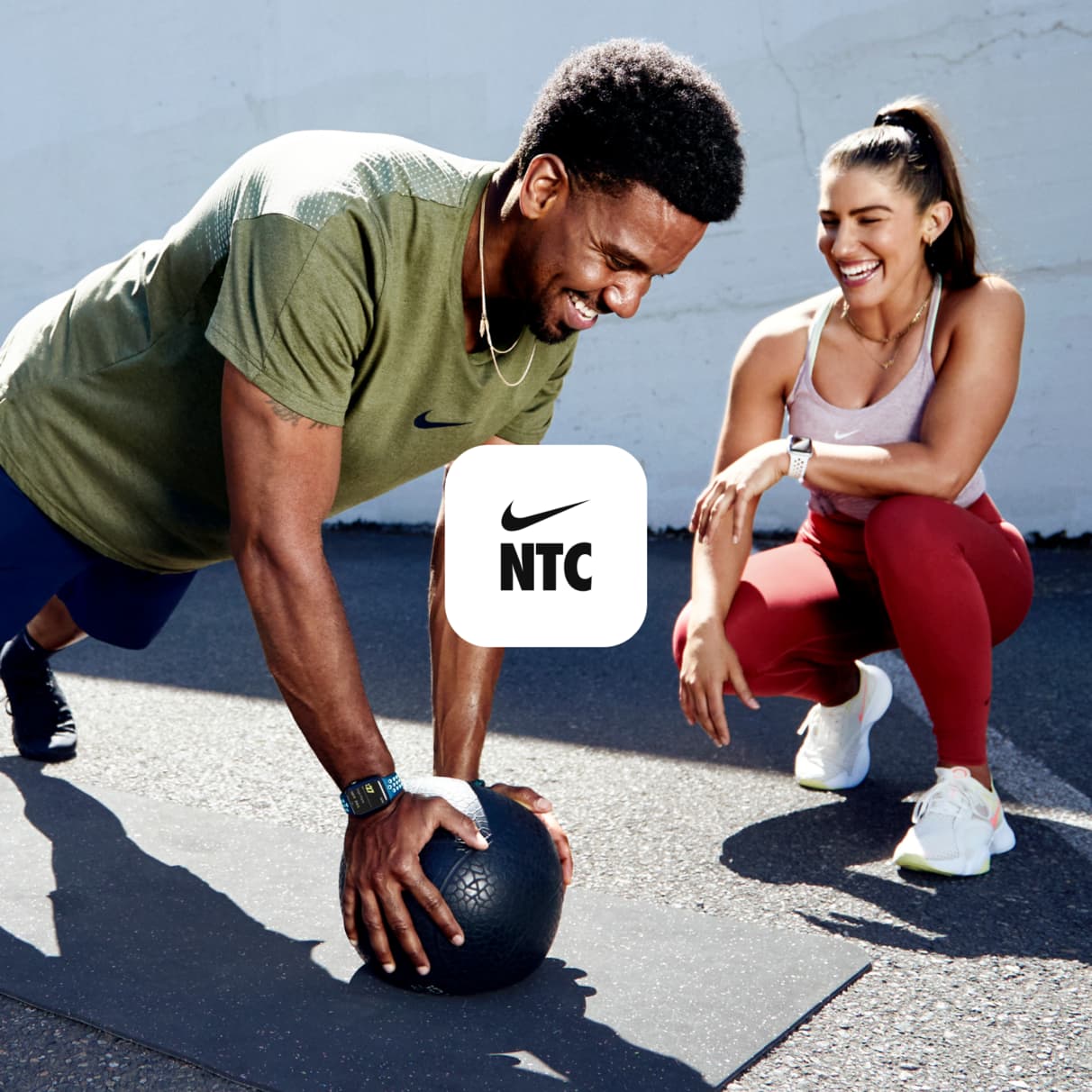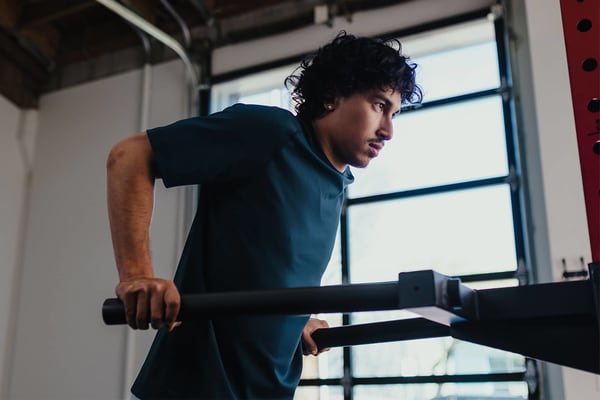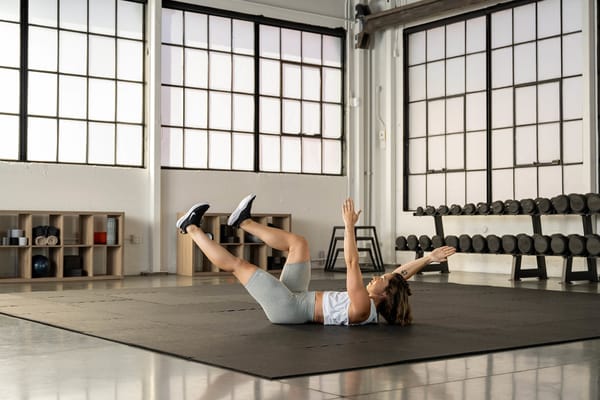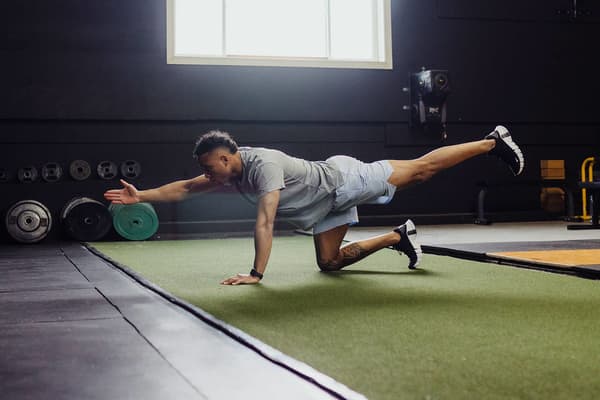7 variaciones de plancha aprobadas por entrenadores que debes probar
Deportes y actividades
Entrenadores personales certificados comparten sus variaciones de plancha favoritas para fortalecer el torso y la parte superior e inferior del cuerpo al mismo tiempo.

Cómo lograr una plancha de manera correcta
Pierre te pide que imagines que hay un hilo unido a tu columna vertebral, entre los omóplatos, y se tira de él permanentemente para que la parte superior de la columna esté en la posición correcta (un buen ejemplo es pensar en levantar la columna hacia el techo). En cuanto a los pies, dice que los talones deben estar alineados con la base del pie para comprometer aún más los músculos del cuádriceps. Para lograr esta posición, piensa en extender el pie llegando con los talones a la pared de atrás.
Alemar también recomienda centrarse en mantener una inclinación pélvica al realizar la plancha tradicional y evitar que las caderas se hundan o que la columna se redondee o se curve.
Y no olvides respirar. “Ten en cuenta no contener la respiración y recuerda flexionar los abdominales de manera simultánea mientras respiras luego de esa tensión”, dice. Es cierto que esto puede parecer un poco raro la primera vez que lo pruebes, pero según Alemar, te permitirá sostener una plancha durante períodos más largos.
Variaciones de plancha que los entrenadores prefieren
¿Listo para agregar planchas a tu rutina? Alemar y Pierre comparten sus ejercicios de planchas favoritos.
1.Plank on Knees
If you’re new to planking and can’t hold a traditional plank for 30 seconds, performing planks on your knees is a great place to start, Alemar said. Starting with this variation will allow you to get acclimated to the movement and learn and reinforce proper movement patterns.
- Start by lying on your stomach with your hands slightly outside your chest.
- With control, push through the palms of your hands as you extend your arms. Be sure to engage your core and maintain a neutral spine.
- If you want, lift your feet off the ground to balance on your knees.
- Hold for 15 seconds. If you’re more advanced, hold for 30 seconds.
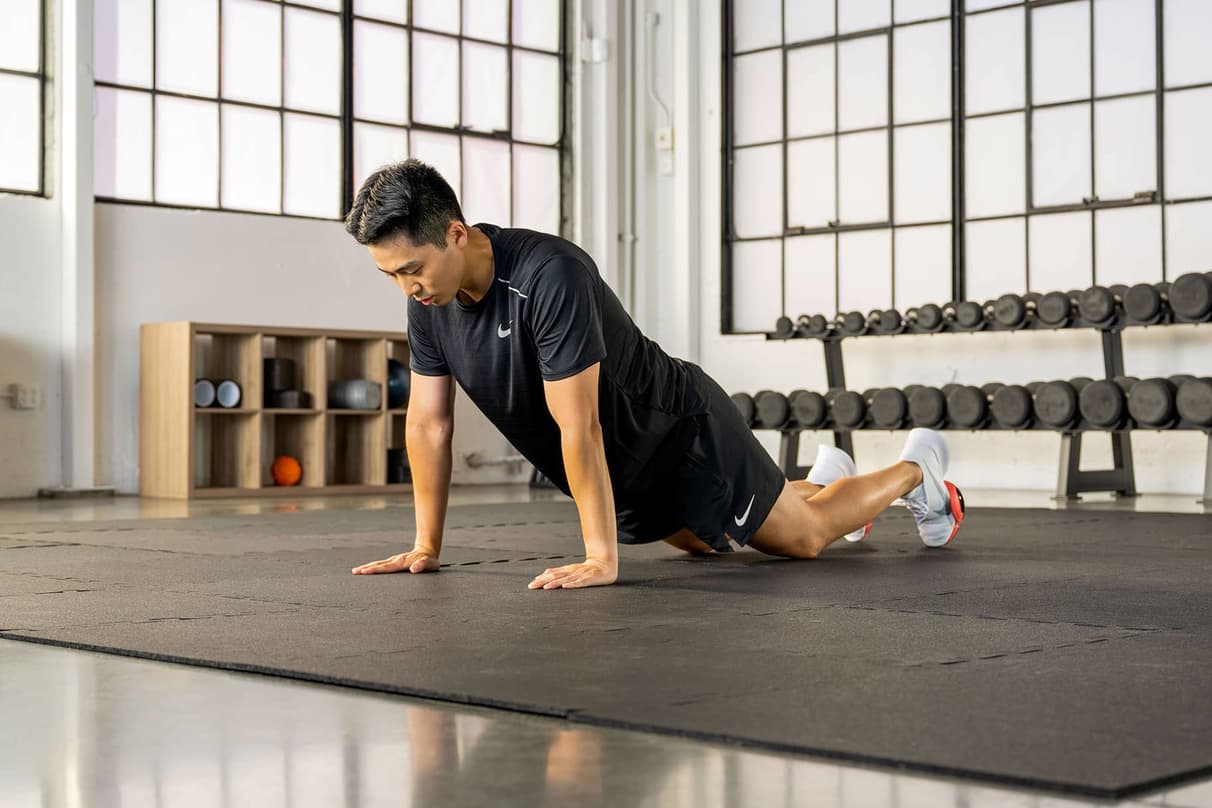
2.High Plank
This is one of the most popular plank variations and rightfully so. This variation places a greater emphasis on the pectoral and serratus muscles, Alemar said. When performing high planks, make sure your wrists are in line with your shoulders or slightly behind to further engage the serratus muscle.
- Start by lying on your stomach with your hands slightly outside your chest and your toes tucked.
- With control, push through your hands and feet, lifting your entire body off the ground simultaneously. Be sure to engage your core and glutes. Your head, spine and legs should be in a neutral position. Your shoulders, elbows and wrists should also be aligned.
- Be sure not to round or arch your back and to keep the palms of your hands flat on the ground.
- Hold for 15 seconds. If you’re more advanced, hold for 30 seconds.

3.Side Plank
This plank variation is excellent for developing stability in your spine while also challenging the hips and obliques, Alemar said.
- Start lying on your side with your body in a straight line from head to toe.
- Depending on your ability, you can either place your forearm on the ground or your hand. If you’re placing your forearm on the ground, make sure that your elbow is in line with your shoulder. If your hand is on the ground, make sure your hand is underneath your shoulder.
- With control, push through your forearm and hand as you simultaneously lift your hips off the ground.
- Your body should be in a straight line from head to toe and your full hand or forearm should be on the ground. Be sure to engage your core and squeeze your glutes.
- Hold for 15 seconds on each side. If you’re more advanced, hold for 30 seconds on each side.

4.Reverse Plank
If you’re bored with your current ab routine, take it to the next level with reverse planks, which not only target your core muscles, but also the glutes, hamstrings and lower back.
- Start seated with your legs bent and your hands behind your glutes with your fingers pointing towards your feet.
- From here, extend your legs, keeping your heels on the ground.
- With control, push through your hands as you lift your glutes and legs off the ground.
- Keep your chin in a neutral position and squeeze through your glutes to maintain proper form.
- Hold for 15 seconds. If you’re more advanced, hold for 30 seconds.

5.Plank Kick Through
Ready to challenge yourself? Try adding plank kick throughs to your routine. This movement is dynamic, and will challenge your core, arm, oblique and hip strength while generating heat throughout your body, Pierre said.
- Start in a traditional high plank position.
- With control, begin to shift your weight to the right side of your body as you rotate to the right, bending your left leg at the knee and lifting your left hand off the ground while simultaneously extending the right leg across the body.
- With control, return to the starting position, then repeat the same movement on the opposite side.
- This counts as one rep. Perform 10 reps.

6.Superman Plank
This plank variation is excellent for all levels, Pierre said. It will challenge your stability in addition to your core and can always be regressed if necessary.
- Start in a traditional high plank position.
- With control, simultaneously raise your left hand off the ground and extend it out in front of you as you lift your right toes off the ground. The leg being lifted does not need to come more than a few inches off the ground. Be sure not to shift your weight to the left or right side of your body.
- With control, place the left arm and right leg back down, returning to the starting position.
- Repeat on the opposite side.
- This counts as one rep. Perform 10 reps.

7.Plank to Squat
If you like more dynamic, diverse movements, consider adding this variation into your routine. It hits all the muscles a traditional plank would in addition to stretching and opening the hips and activating the glute muscles.
- Start in a traditional high plank position.
- With control, either walk or gently jump your feet to the outside of your hands coming into a squat. You can lift your hands off the ground to make the movement more dynamic.
- With control, gently jump or walk your feet back to a high plank position.
- This counts as one rep. Perform 10 reps.

Cómo agregar ejercicios de plancha a tu rutina
Entonces, ¿estás listo para agregar algunos movimientos nuevos a tu rutina? Alemar afirma que la mejor manera de implementar planchas en tu régimen de ejercicios es elegir dos variaciones (idealmente para principiantes, a menos que tengas experiencia). Por ejemplo, una plancha abdominal y una plancha lateral, y realizar tres series de cada una por tiempo. El tiempo puede variar, por ejemplo, 10 segundos o 30 segundos. Desafíate, pero no sacrifiques tu integridad.
Si es difícil mantener una plancha durante 30 segundos, Alemar aconseja que modifiques el movimiento de rodillas cuando corresponda, o mantengas la posición durante un período más corto. Una vez que puedas sostener una plancha durante 30 segundos y realizar tres series, Alemar aconseja que aumentes la cantidad de tiempo que sostienes la plancha en incrementos de 10 segundos hasta que puedas sostenerla durante un minuto. Luego, recomienda comenzar a progresar hacia variaciones más desafiantes.
Lo interesante de diseñar programas de entrenamiento es que hay una gran variedad de formas de lograr el mismo objetivo final. A Pierre le gusta hacer ejercicios de plancha en el calentamiento de un entrenamiento para activar el torso y entrar en calor con todo el cuerpo.
Alemar sugiere agregar planchas entre otros movimientos compuestos (movimientos que trabajan varios grupos musculares a la vez, como el tercer o cuarto ejercicio). Por ejemplo, podrías realizar una serie de sentadillas, luego una serie de remos, seguidos de una plancha abdominal.
Es importante tener en cuenta que para entrenar el torso de manera efectiva, también debes realizar otros tipos de ejercicios de fortalecimiento que se dirijan a los demás músculos del torso, además de agregar movimientos dinámicos, de rotación y antirrotación a tu rutina.
Como cualquier otro tipo de ejercicio, es importante no sobreexigir los músculos, y Alemar recomienda realizar movimientos específicos del torso dos o tres veces por semana.
No importa qué tipo de variación de planchas decidas hacer, no olvides cuidar tu cuerpo. Los hombros, las muñecas y los codos deben estar alineados y debes mantener una columna neutra (¡baja esos glúteos!).
Texto: Tamara Pridgett
